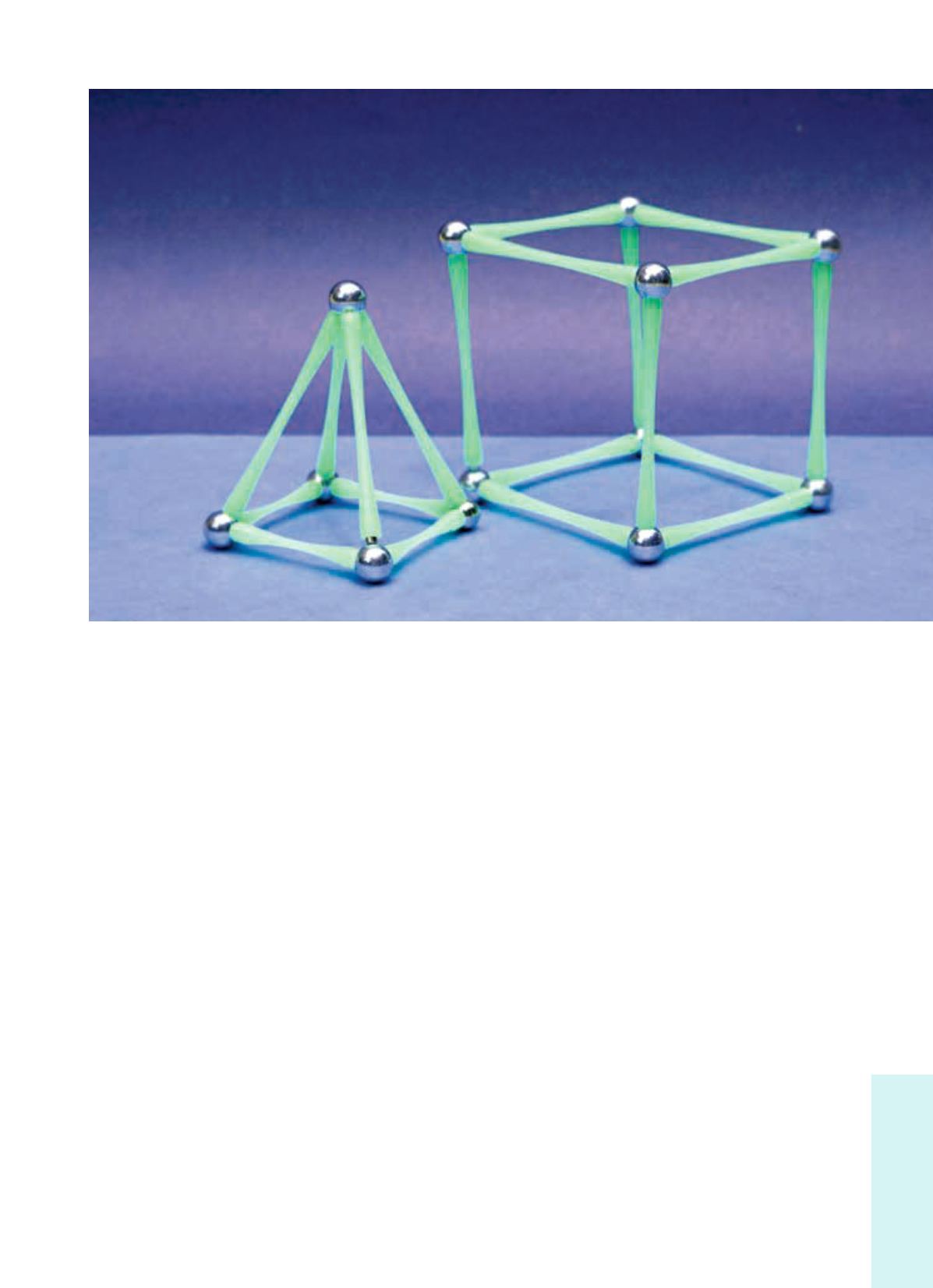
ously affects the price of the final products. A case
in point is metals (especially aluminium and cop-
per, whose prices have reached record levels), as
well as cotton.
Especially in regard to the latter, the index that
measures the average of the lowest daily prices of
cotton is expected to increase from 77.54
cents/pound in 2009/2010 to 101 cents/pound in
2010/2011. As a result of these developments,
large textile and clothing producers and net cotton
importers (e.g. China) are losing a major competi-
tive advantage, while it seems that the textile
industries of certain European countries have been
taking advantage of this situation during the past
few months. Therefore, in November 2010, new
orders in the non-domestic market for Greek textile
manufacturers increased by 13.5% year-on-year.
It is, after all, striking that
new orders to the sec-
ondary sector
increased by 6.5% in November
2010 as compared to November 2009, while the
average index for the twelve month period Dec.
2009-Nov. 2010 increased by 3.9% as compared
to a 28% drop in the previous period. This is the
result of a
rise in manufacturing turnover
(9.7%), while the mining and quarrying
turnover
index fell by 6.4%. It should be stressed
that November’s increase was
exclusively
due
to a 26.6% increase in the new
orders index in
Trade with Greece
67
industry for the non-domestic market
, since
the index for the domestic market fell by 6.7%. In
regard to the non-domestic market, the largest
rise is detected in non-Euro zone countries
(36.1%), while the rise in the Euro zone stood at
19.8%.
Let’s have a look, now, outside the EU, at certain
countries that are major buyers of Greek exports.
Neighbouring
Turkey
has become the sixth
largest buyer of Greek products. In January-
December 2010, the value of exports to this coun-
try reached €761.8 million, increased by 40.4%
year-on-year. Exports include petroleum prod-
ucts, cotton, wheat, plastics, chemicals, pharma-
ceuticals, fertilizers, machinery and medical sup-
plies, etc., while special mention should be made
A further point of general
interest concerns the change
in the structure of exports,
since industrial products now
account for a much larger
part of Greek exports than
primary sector goods.
”
“


